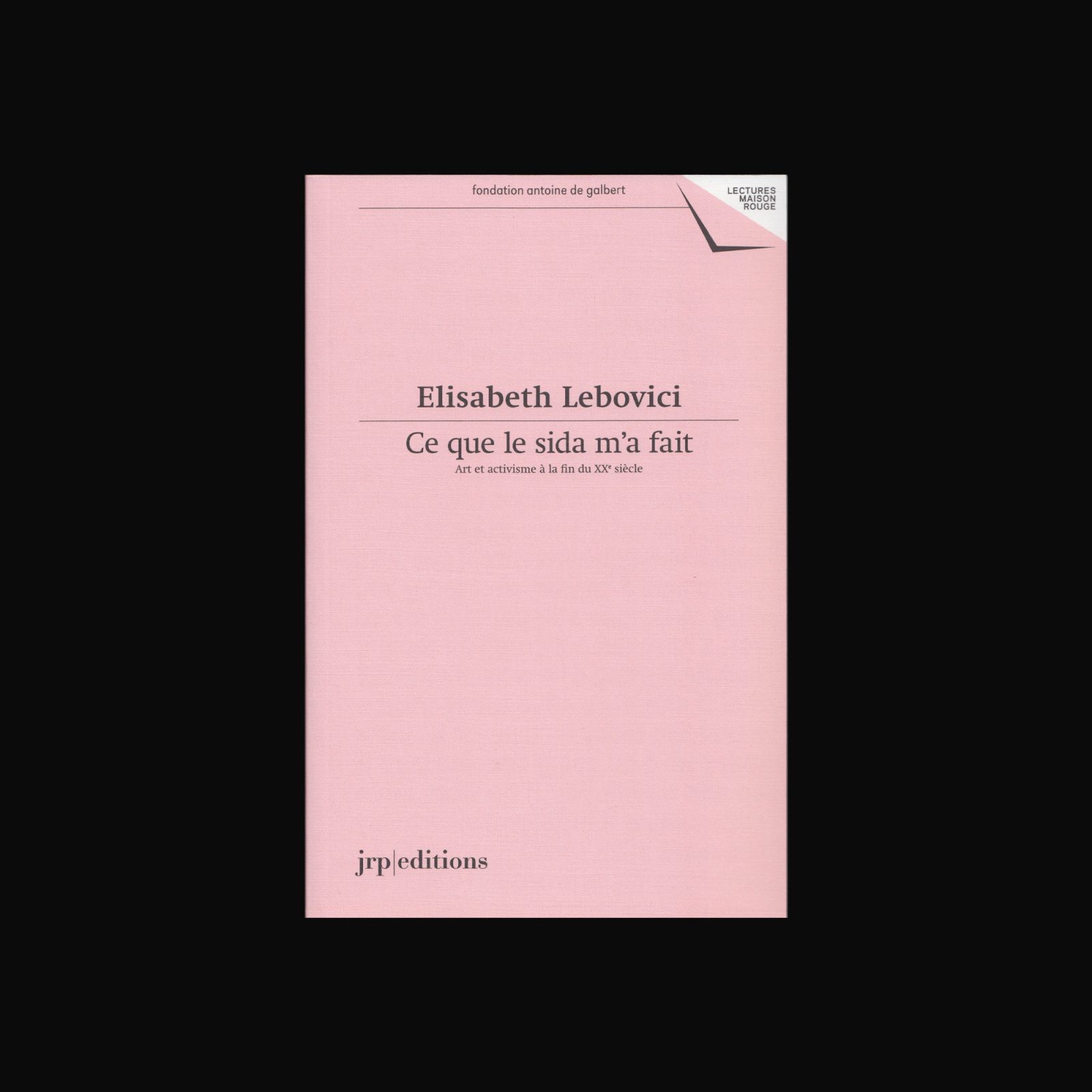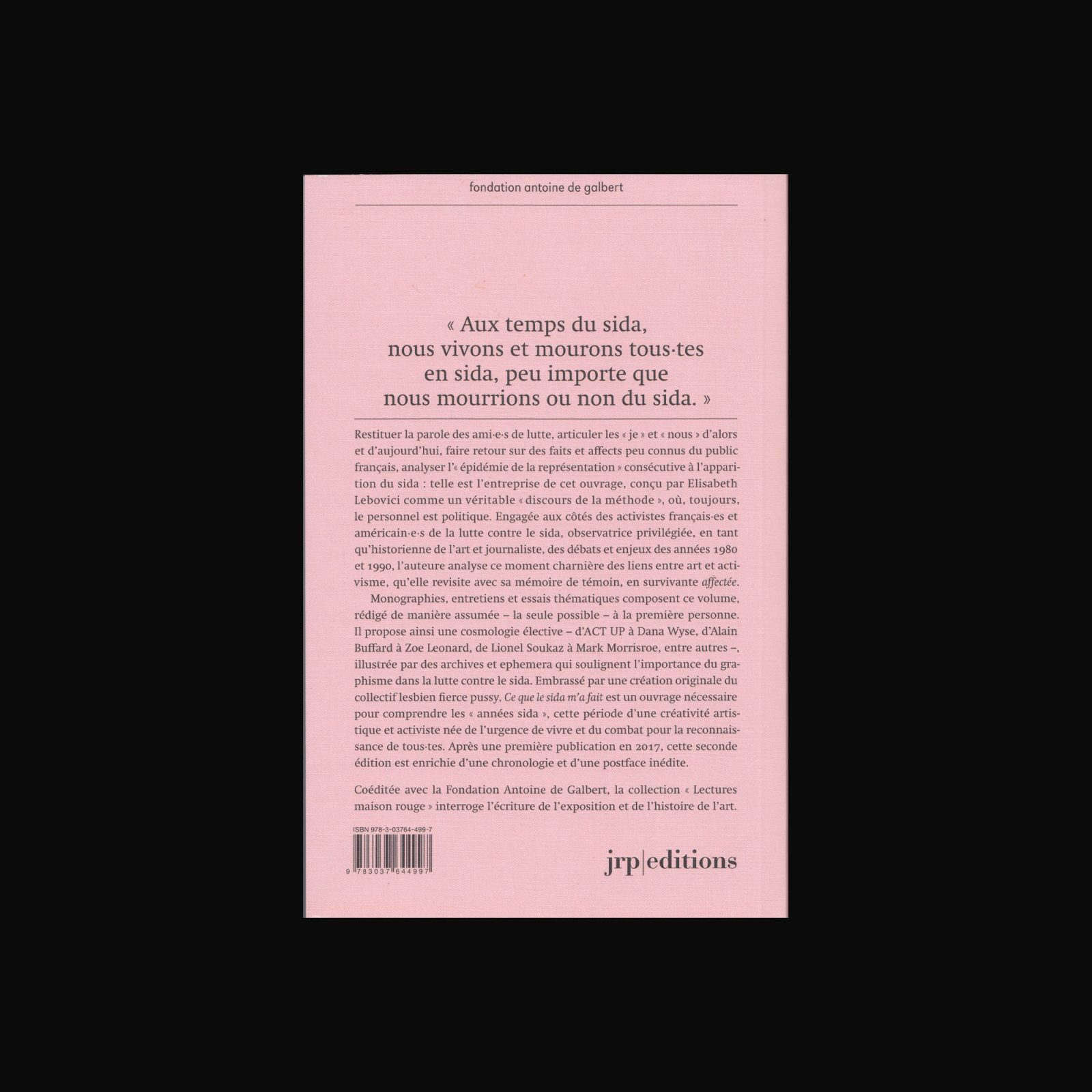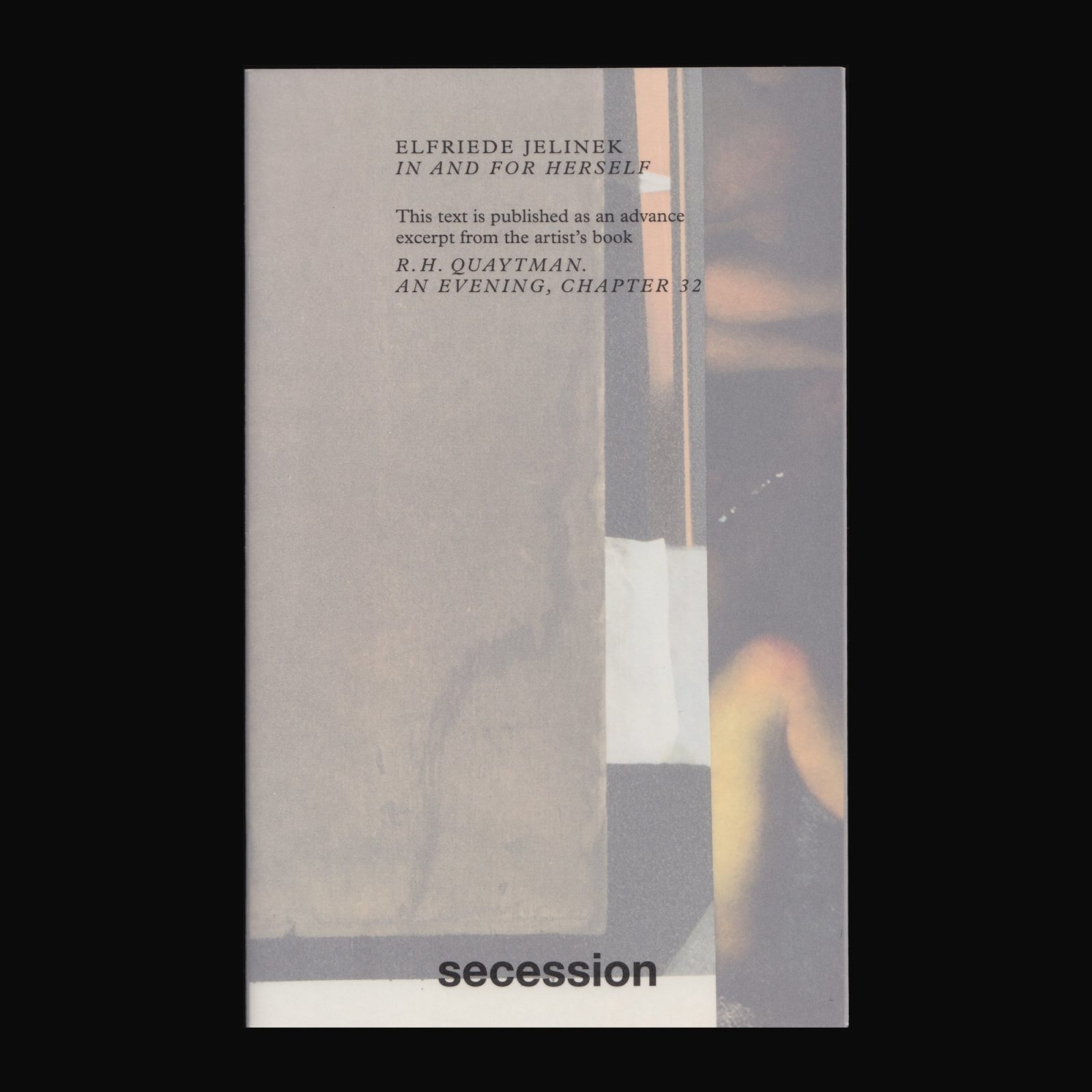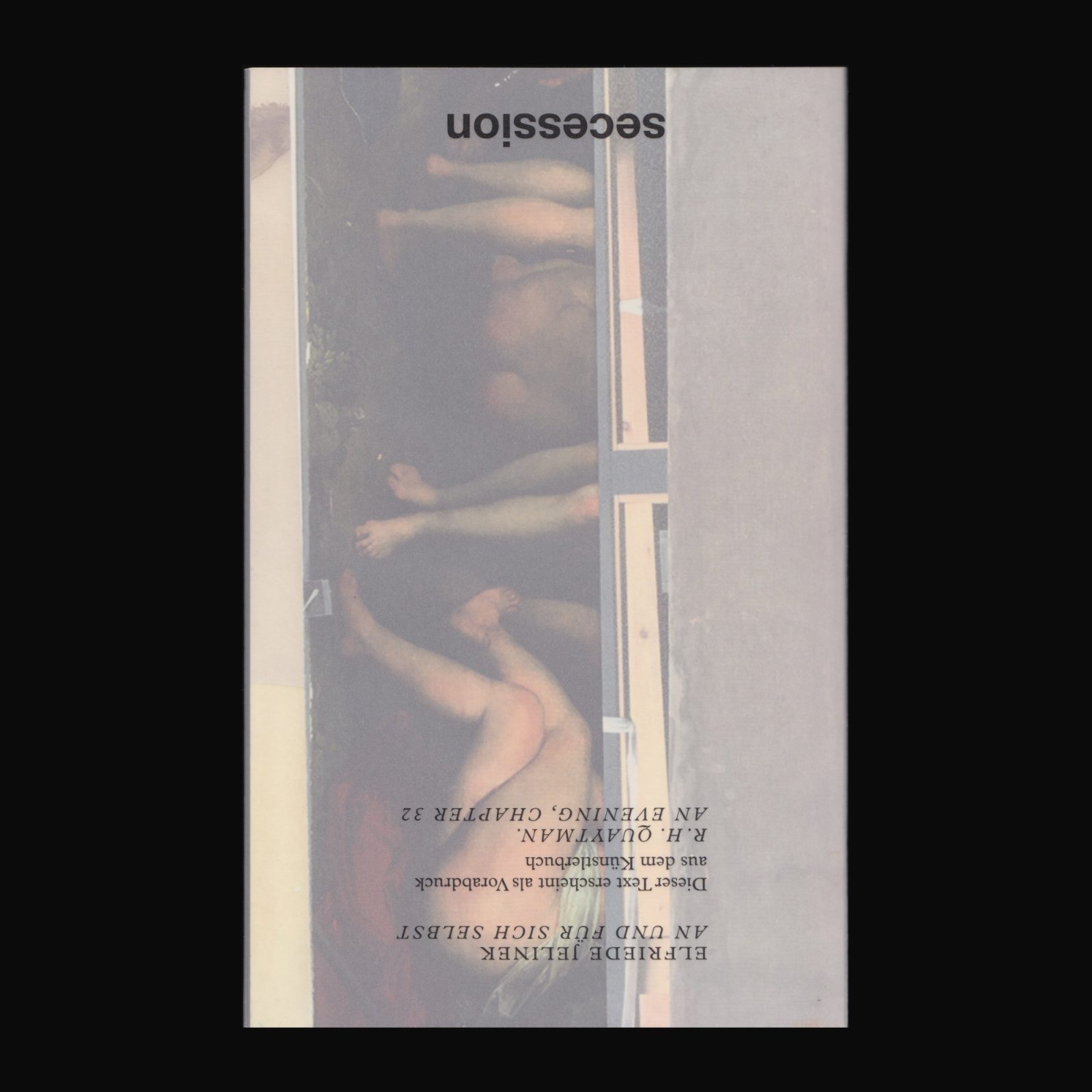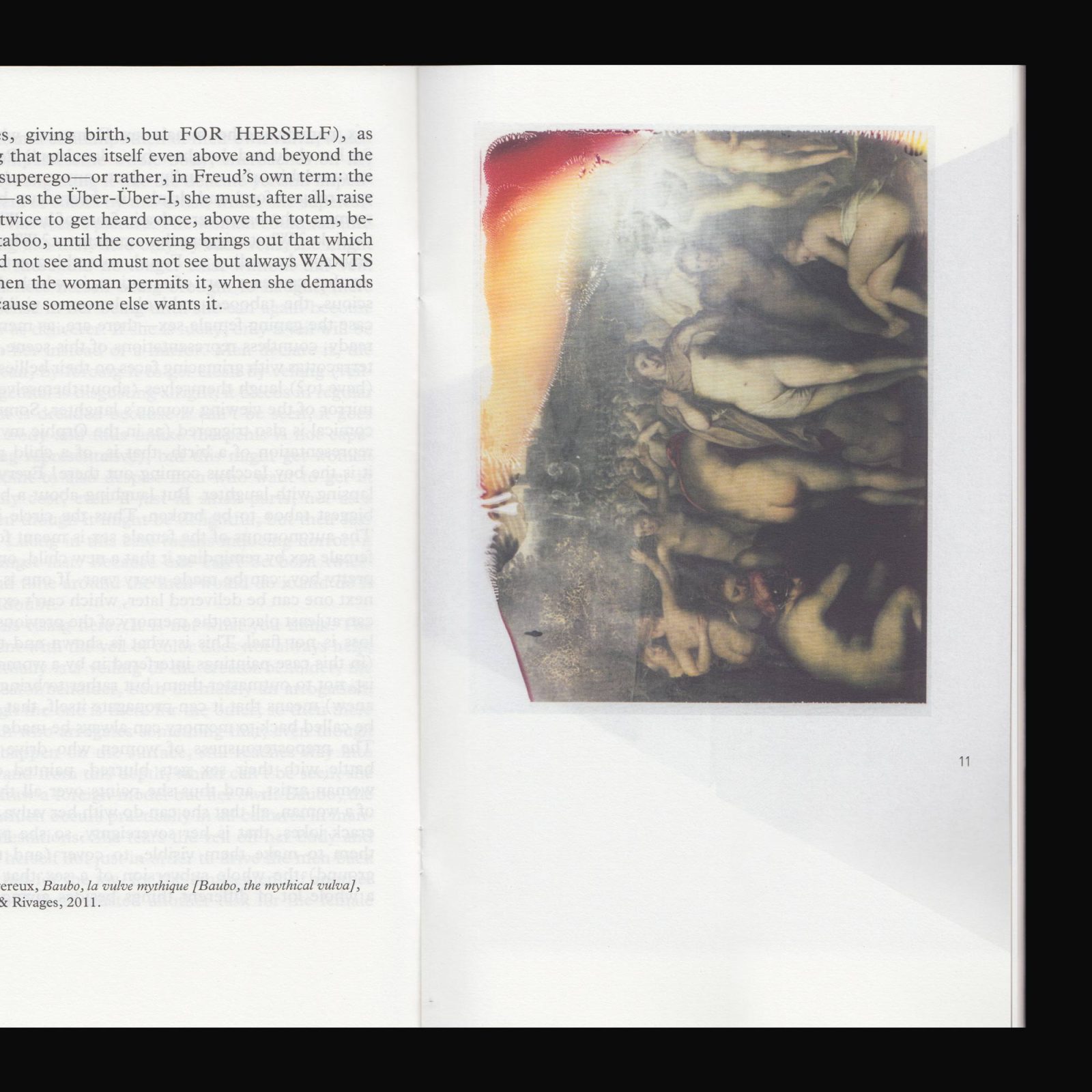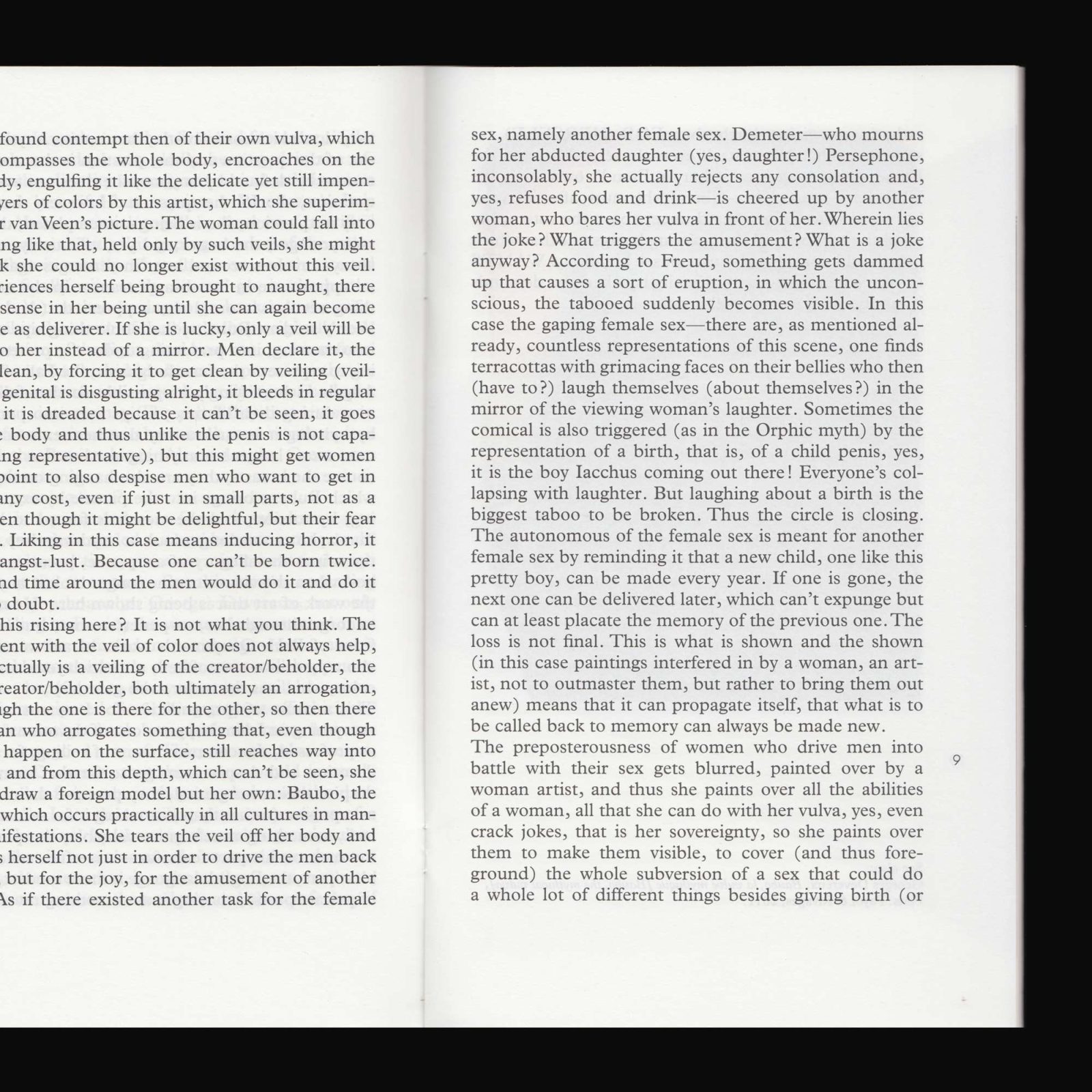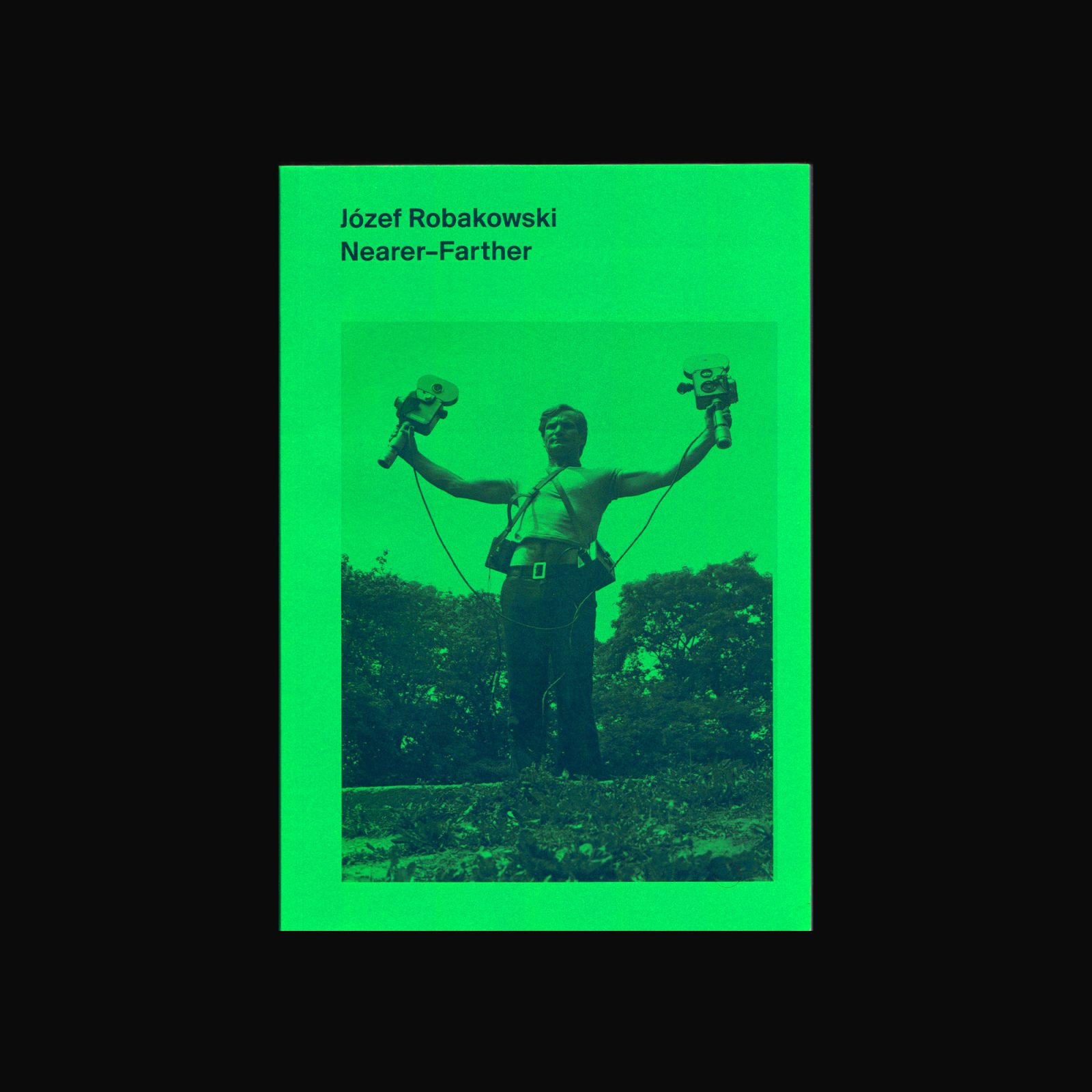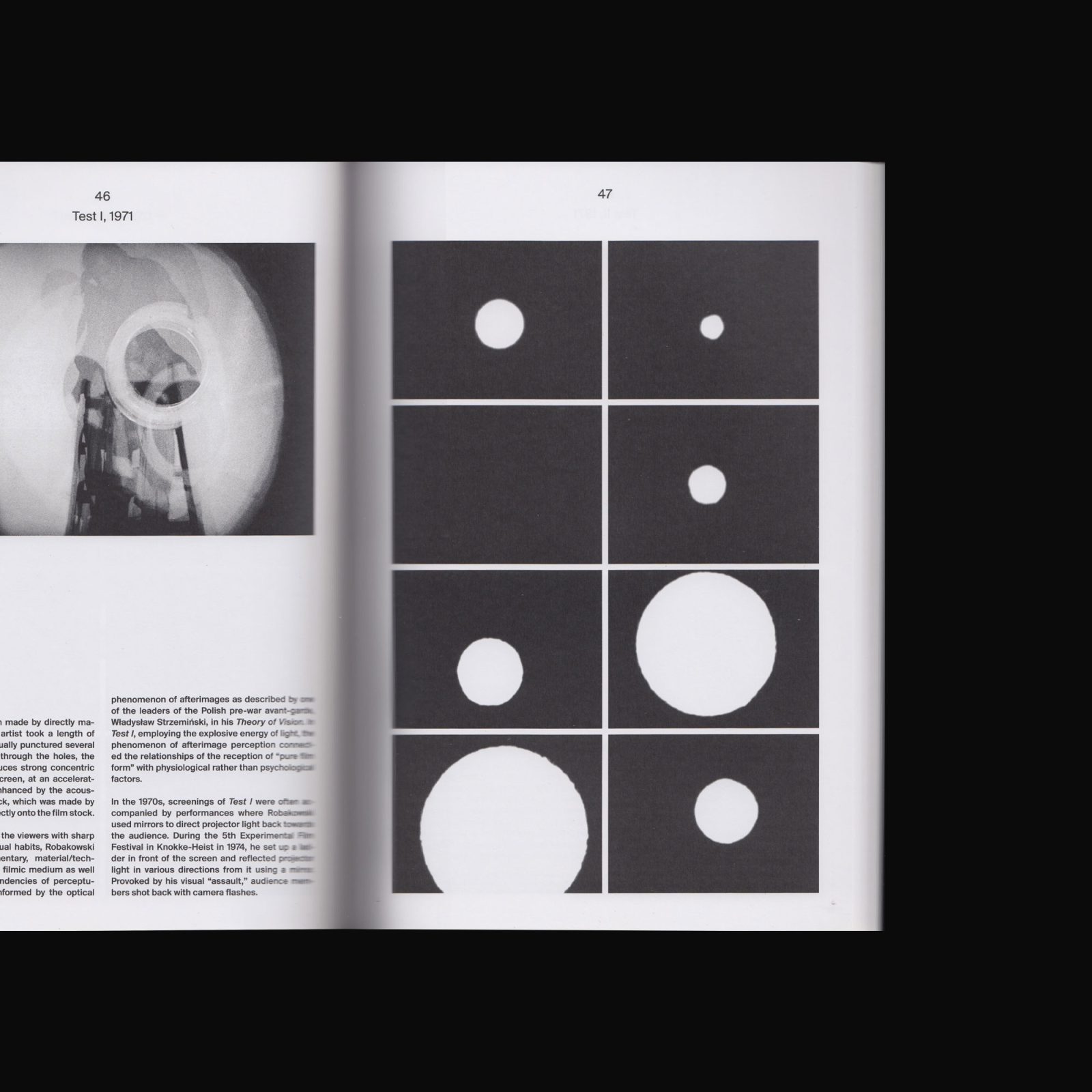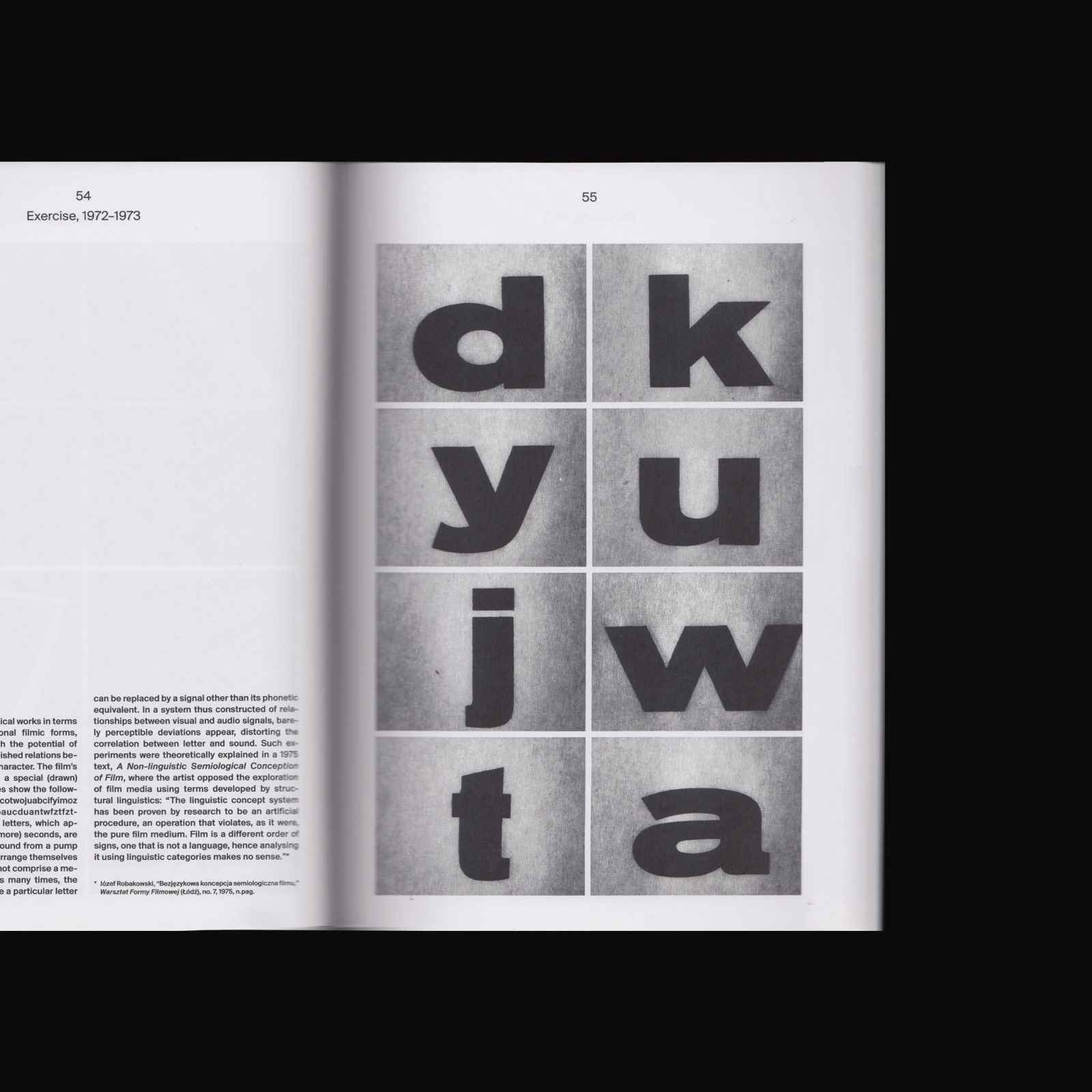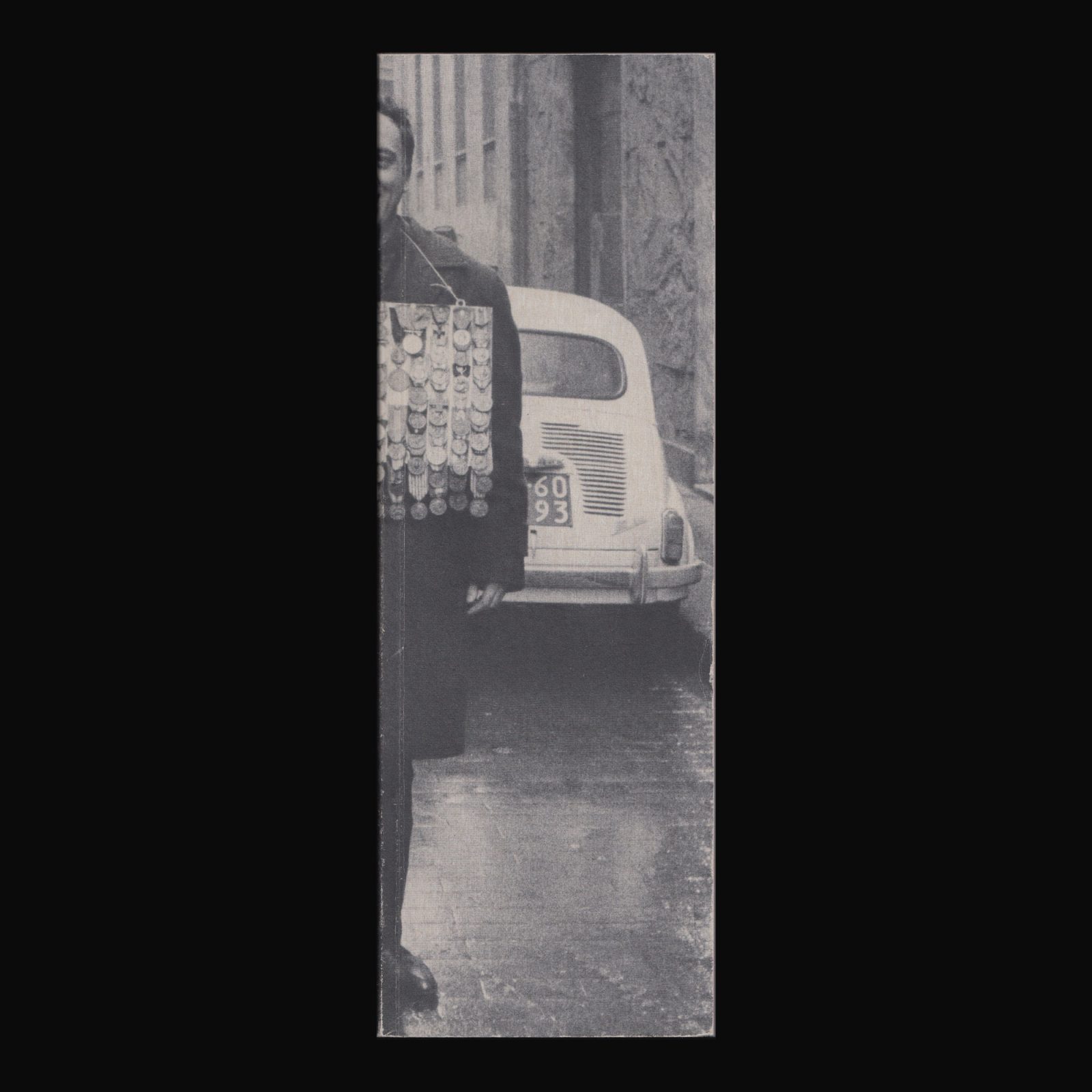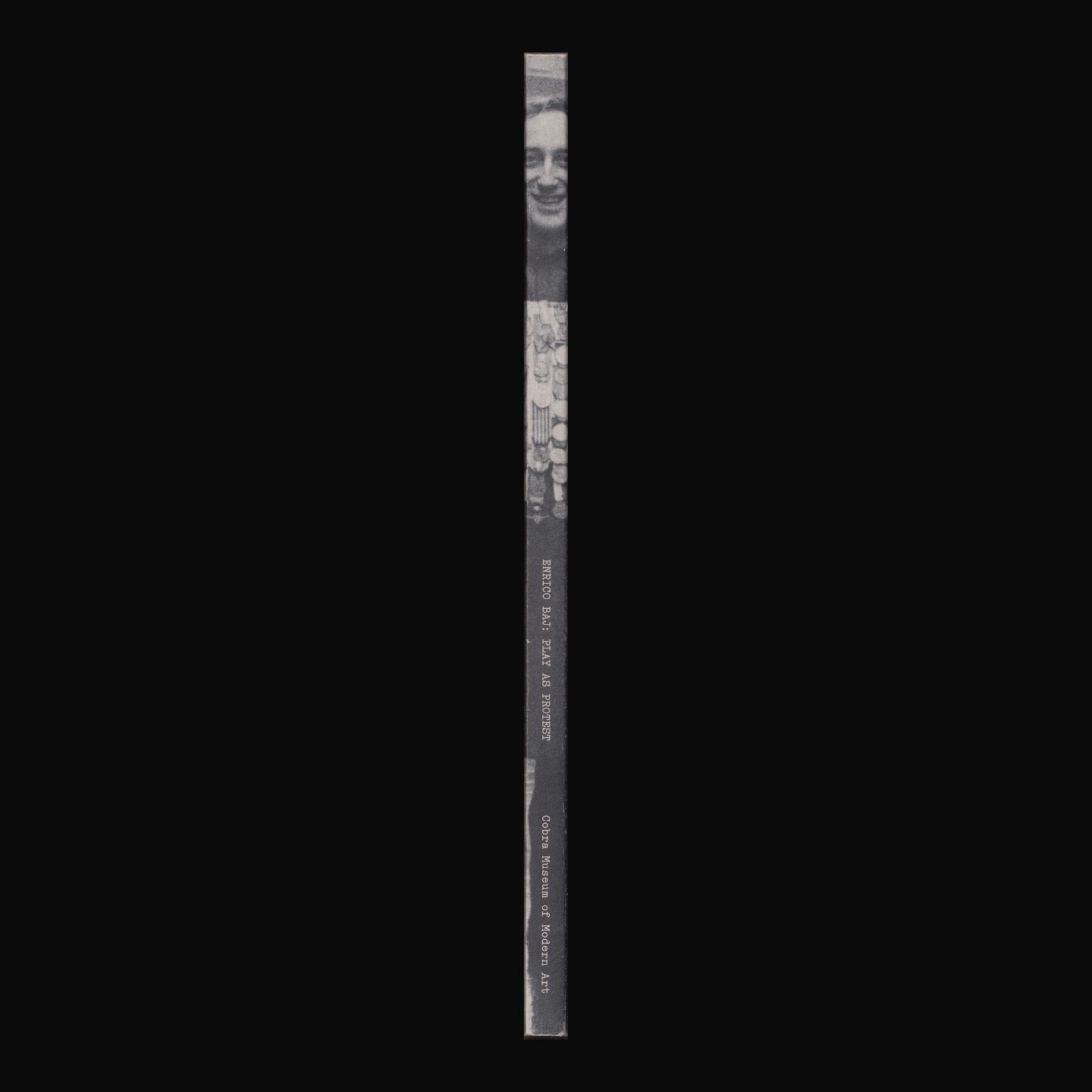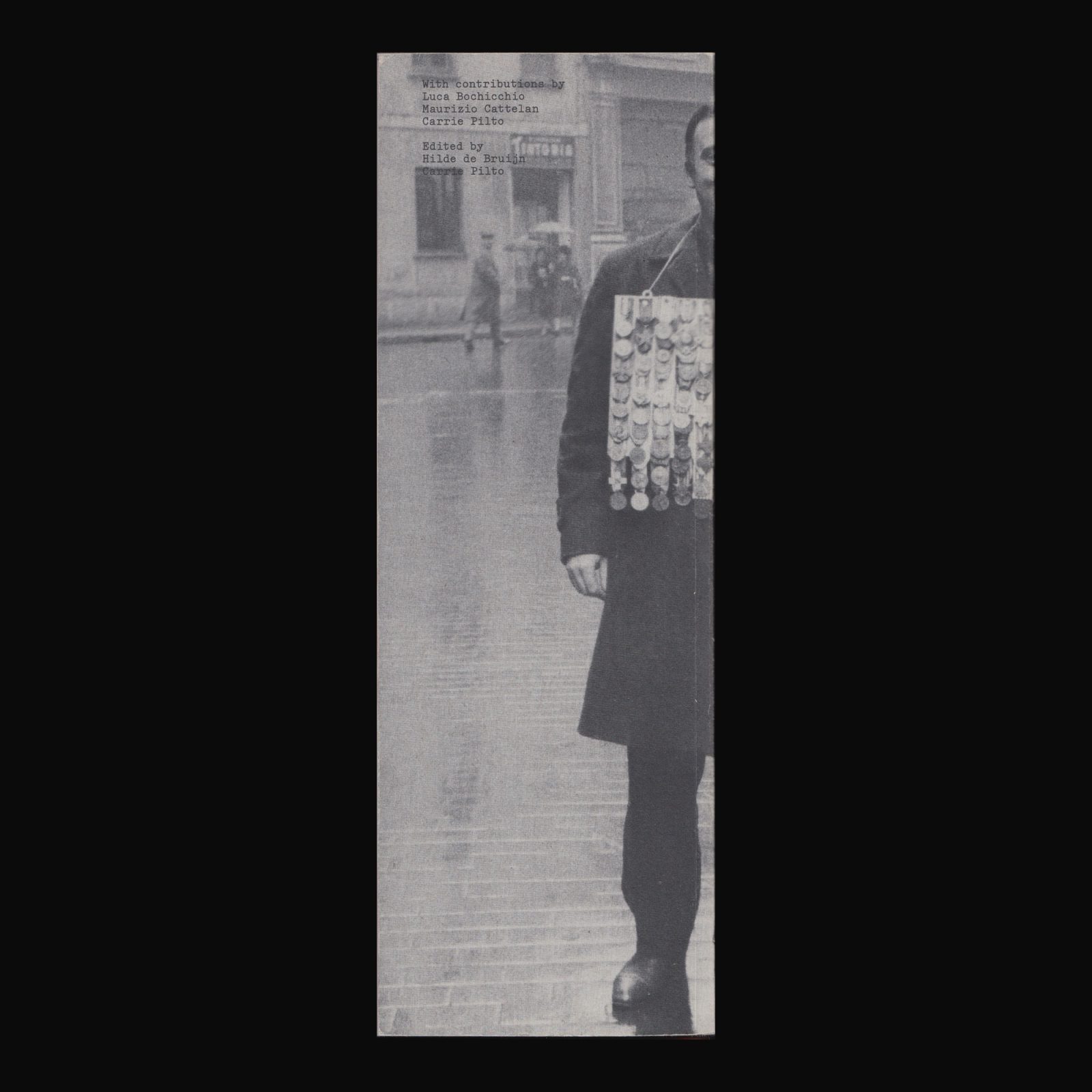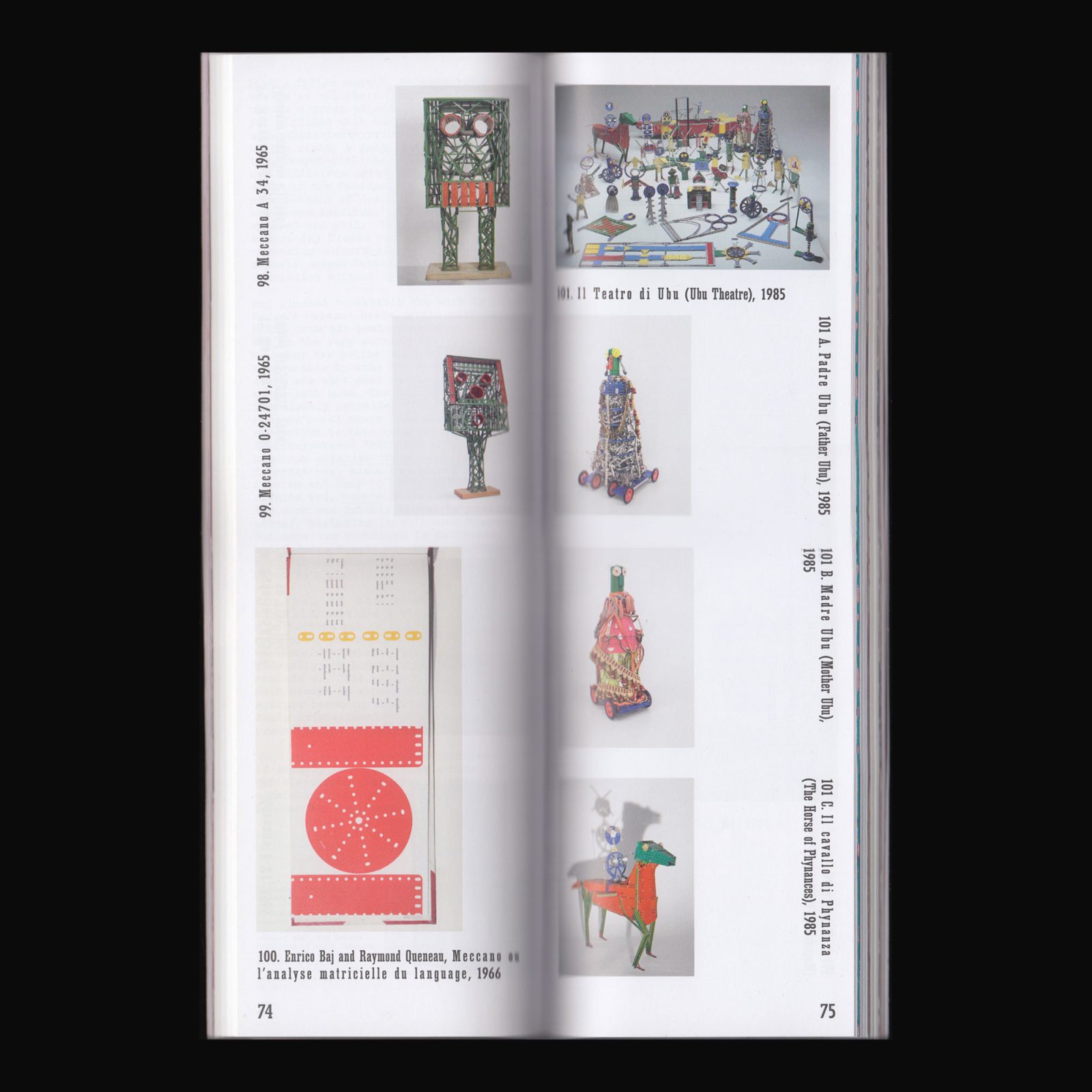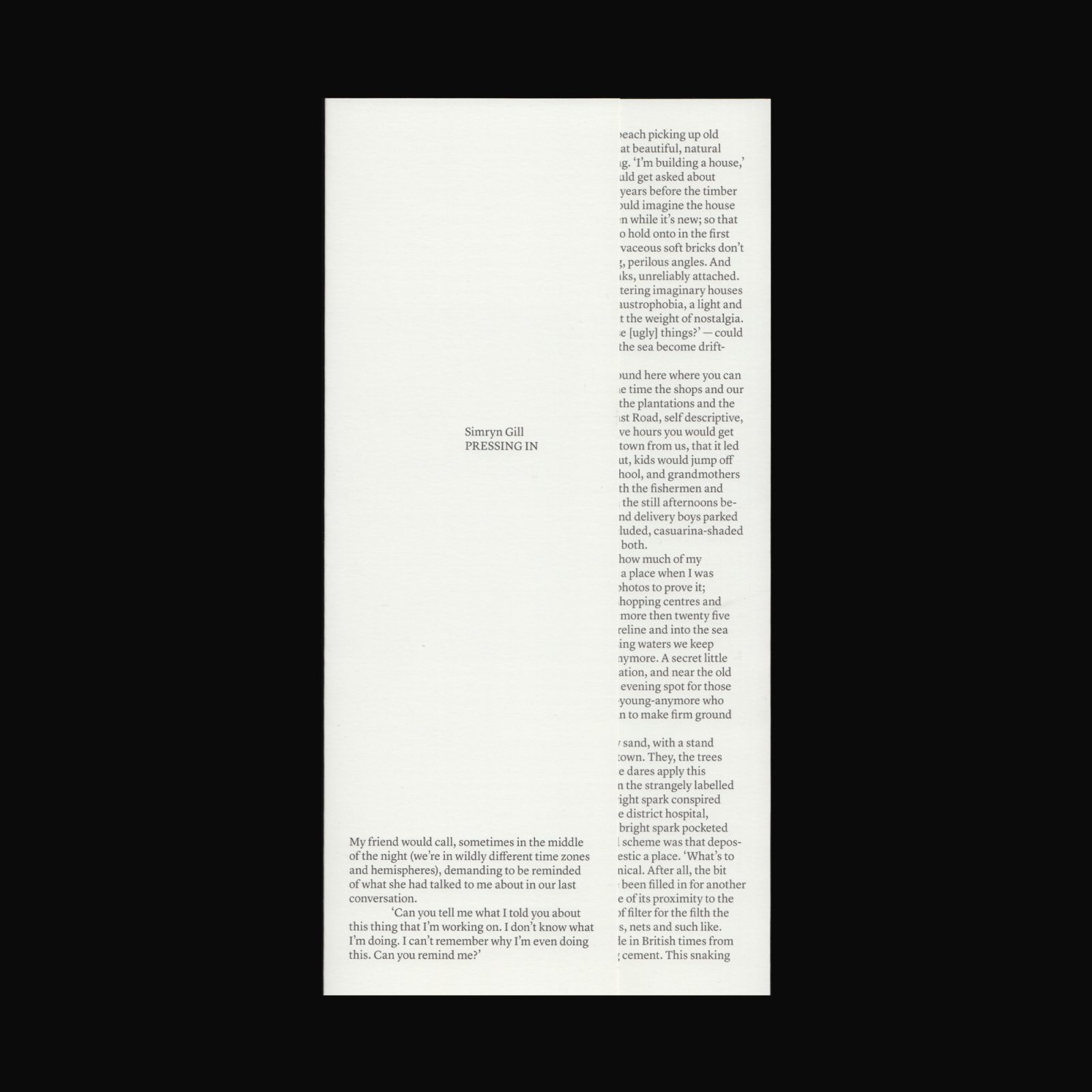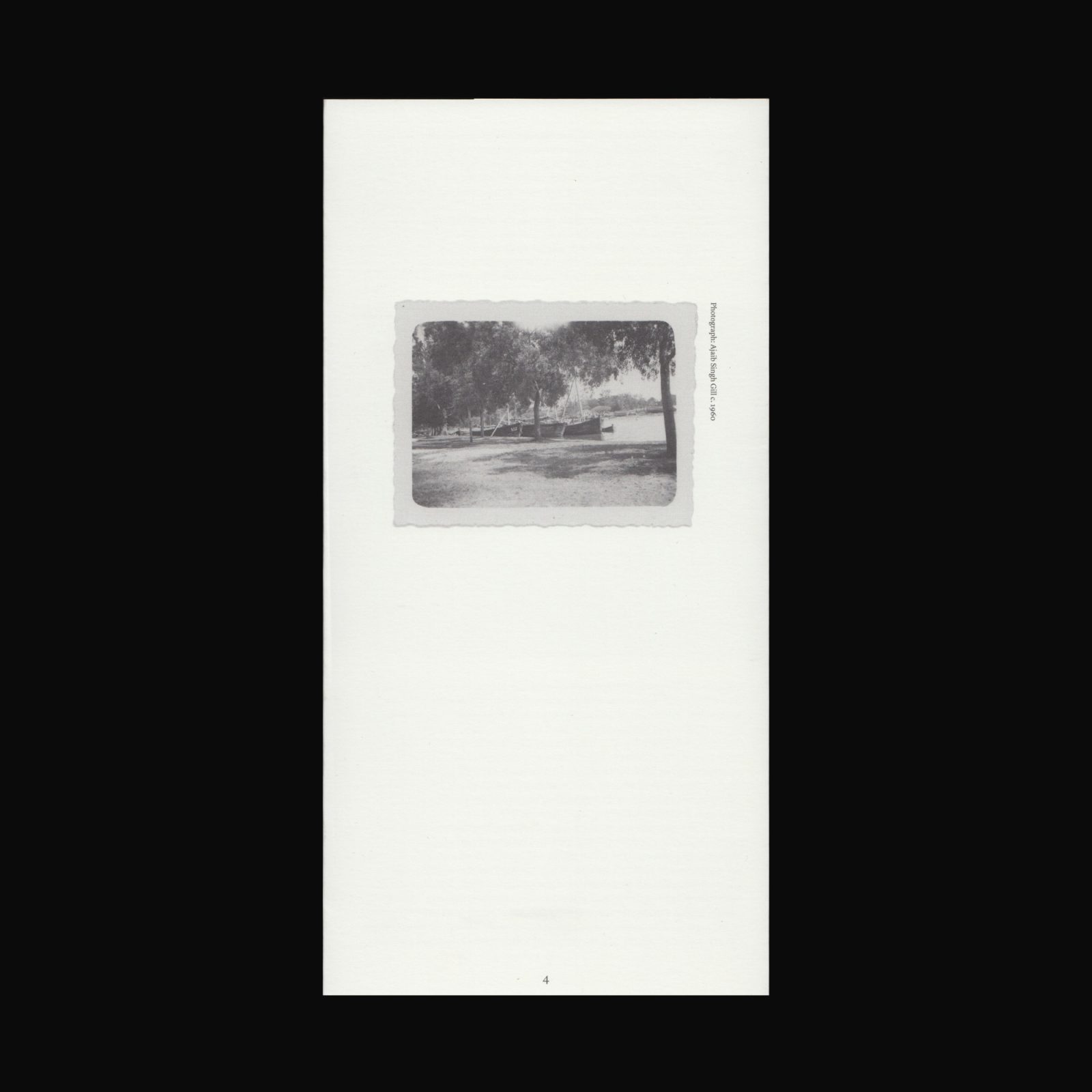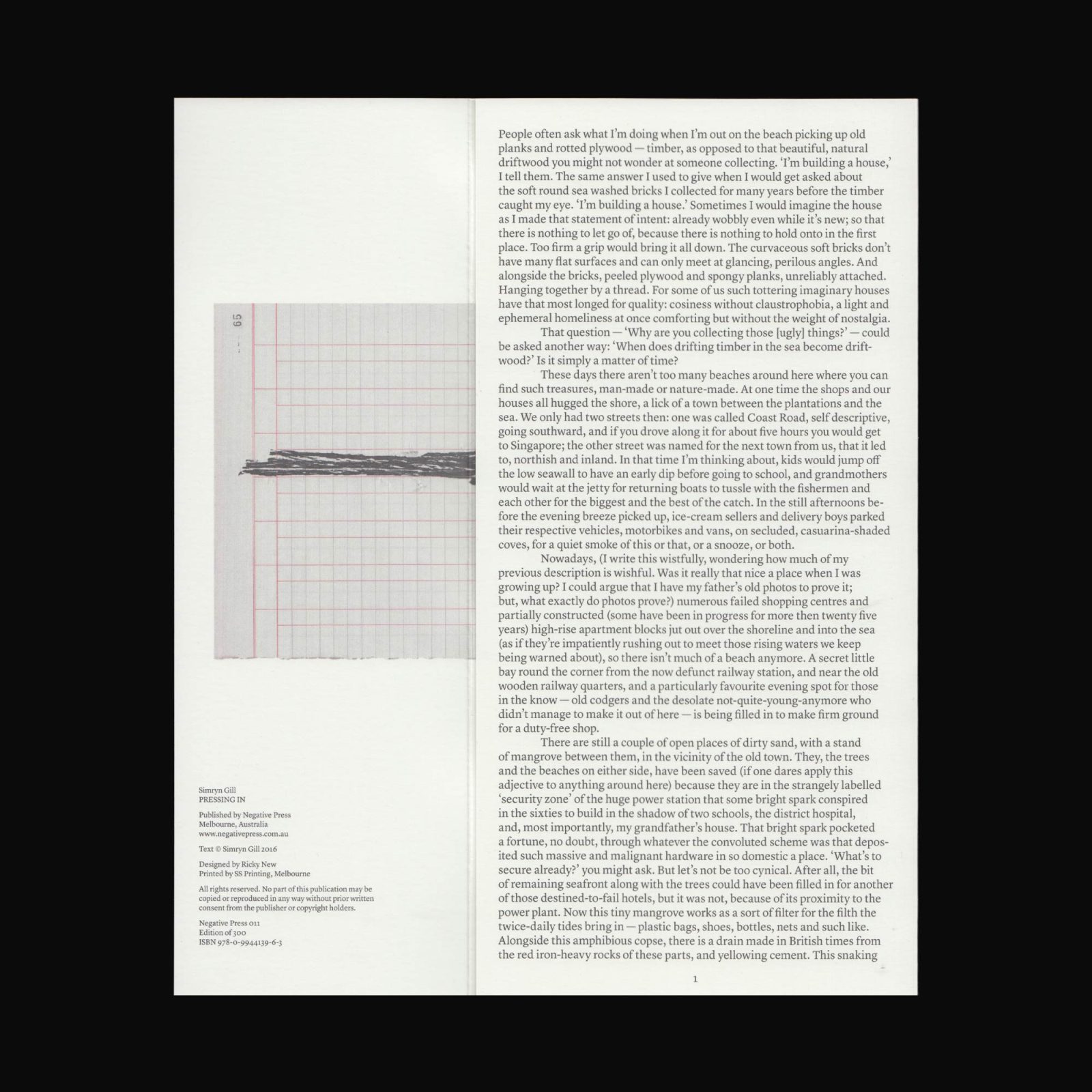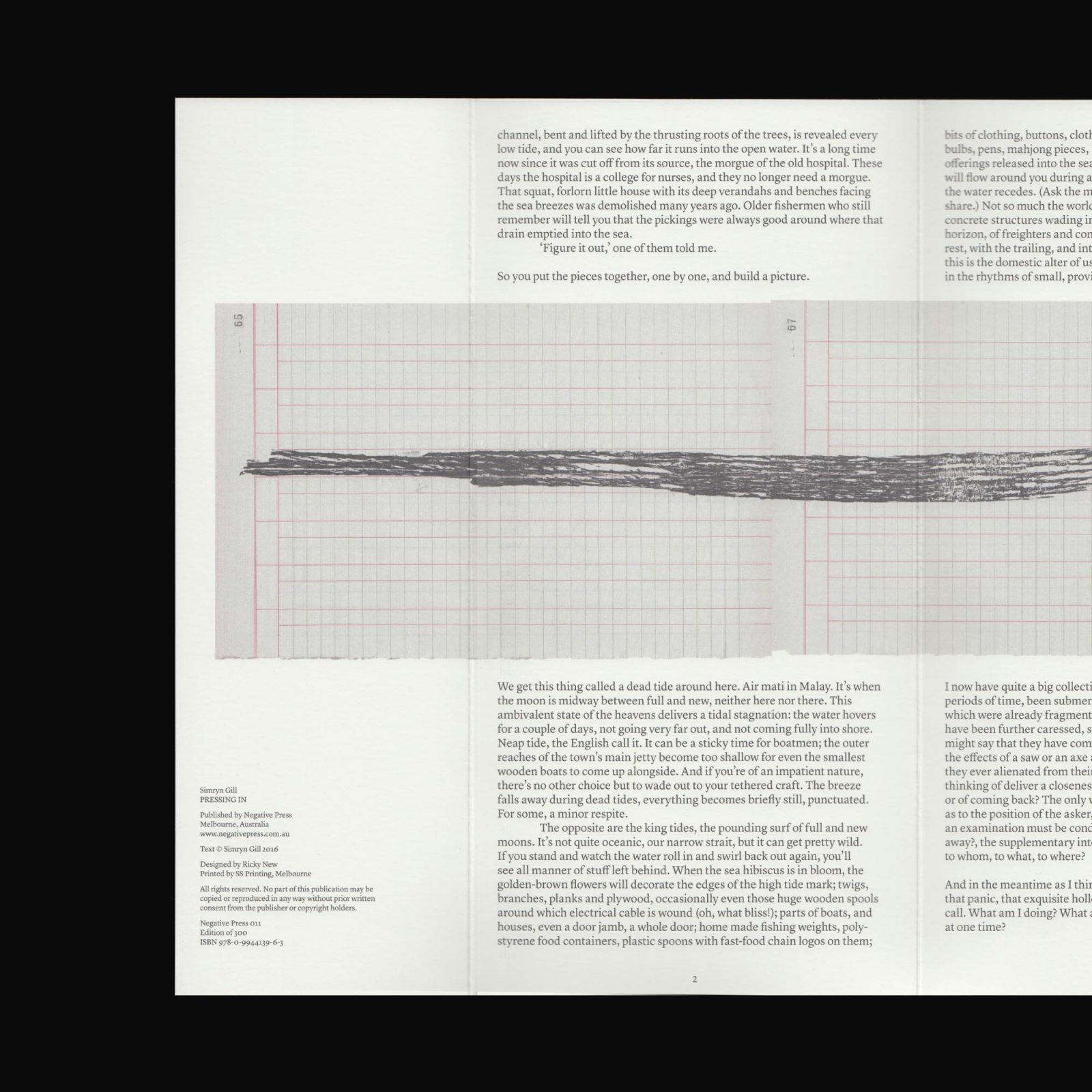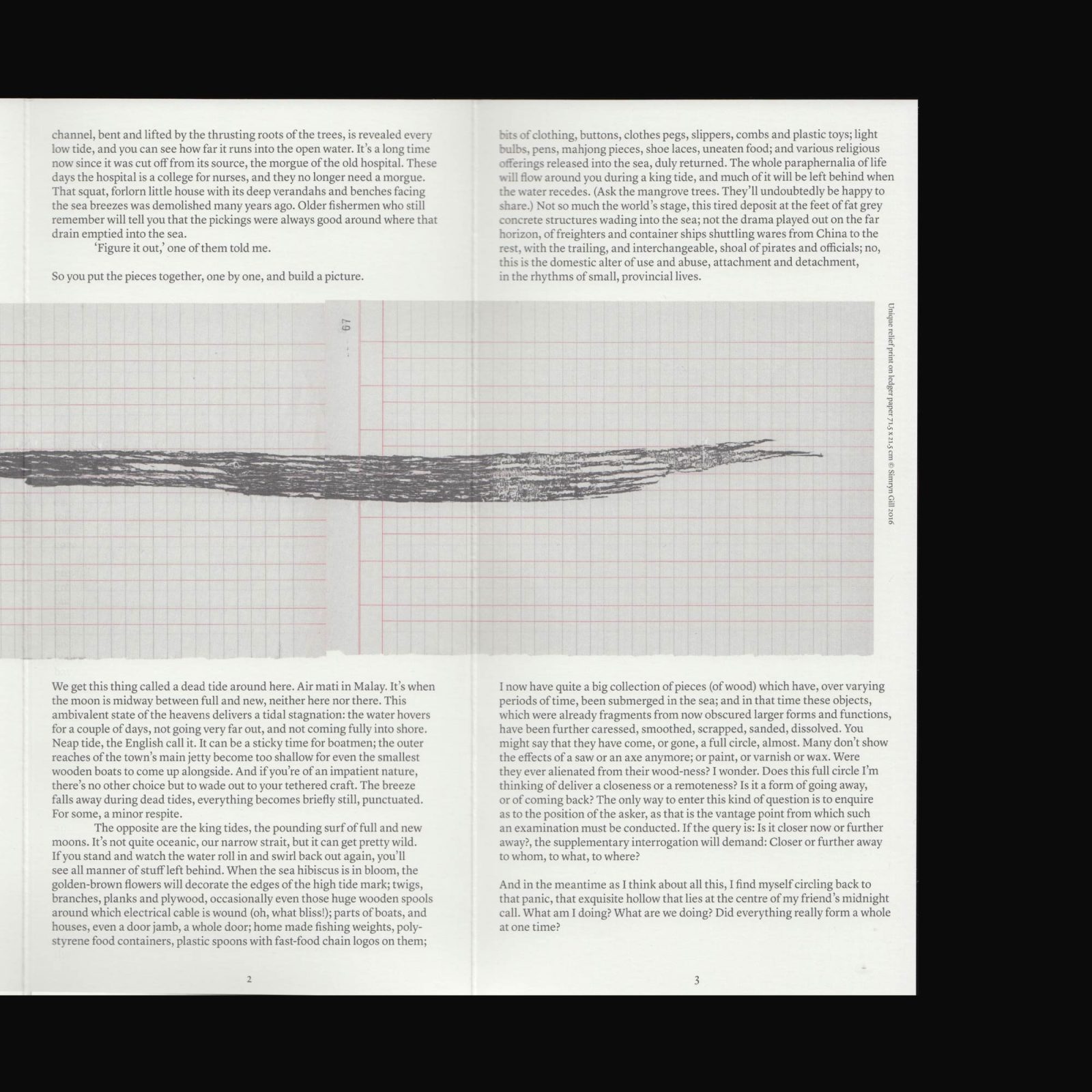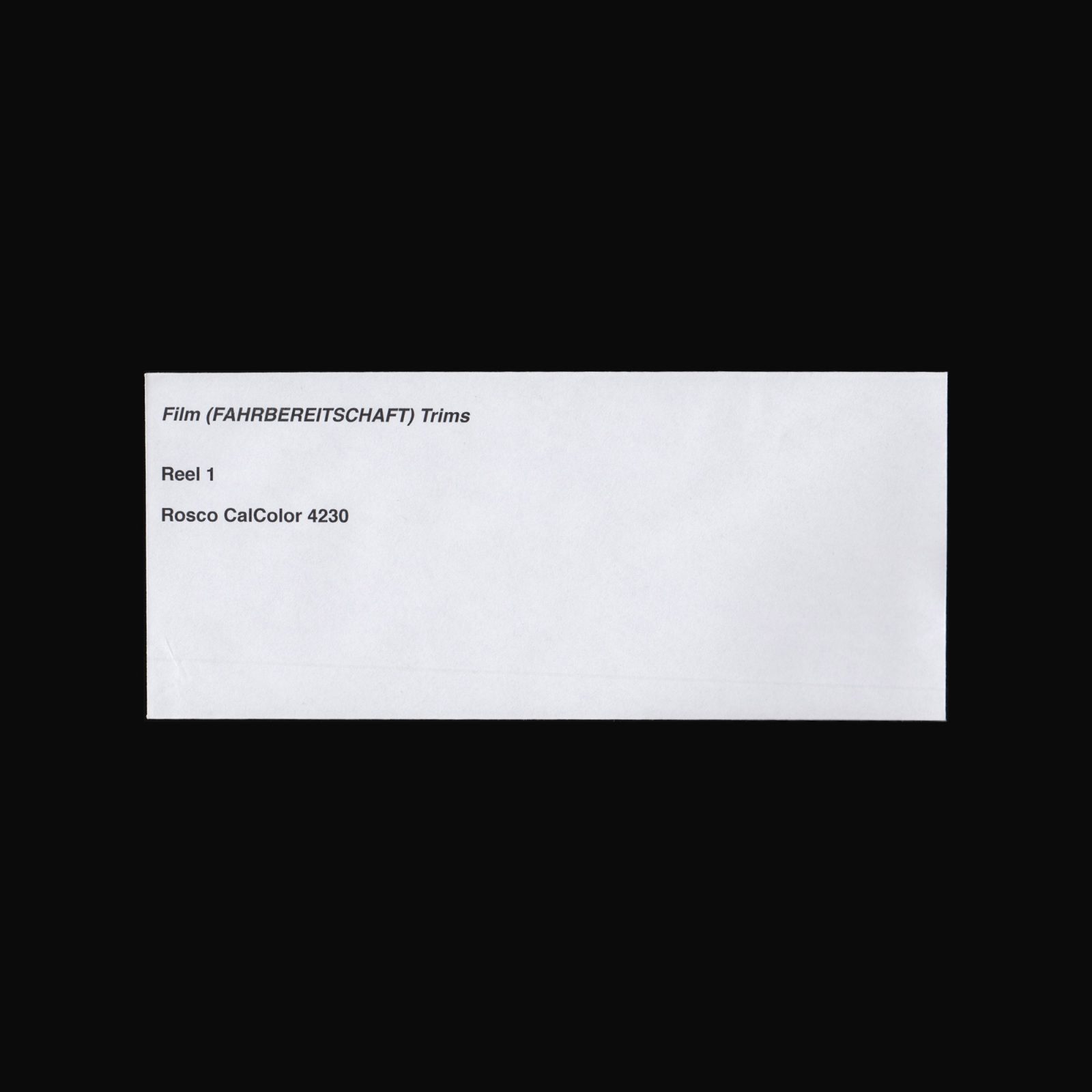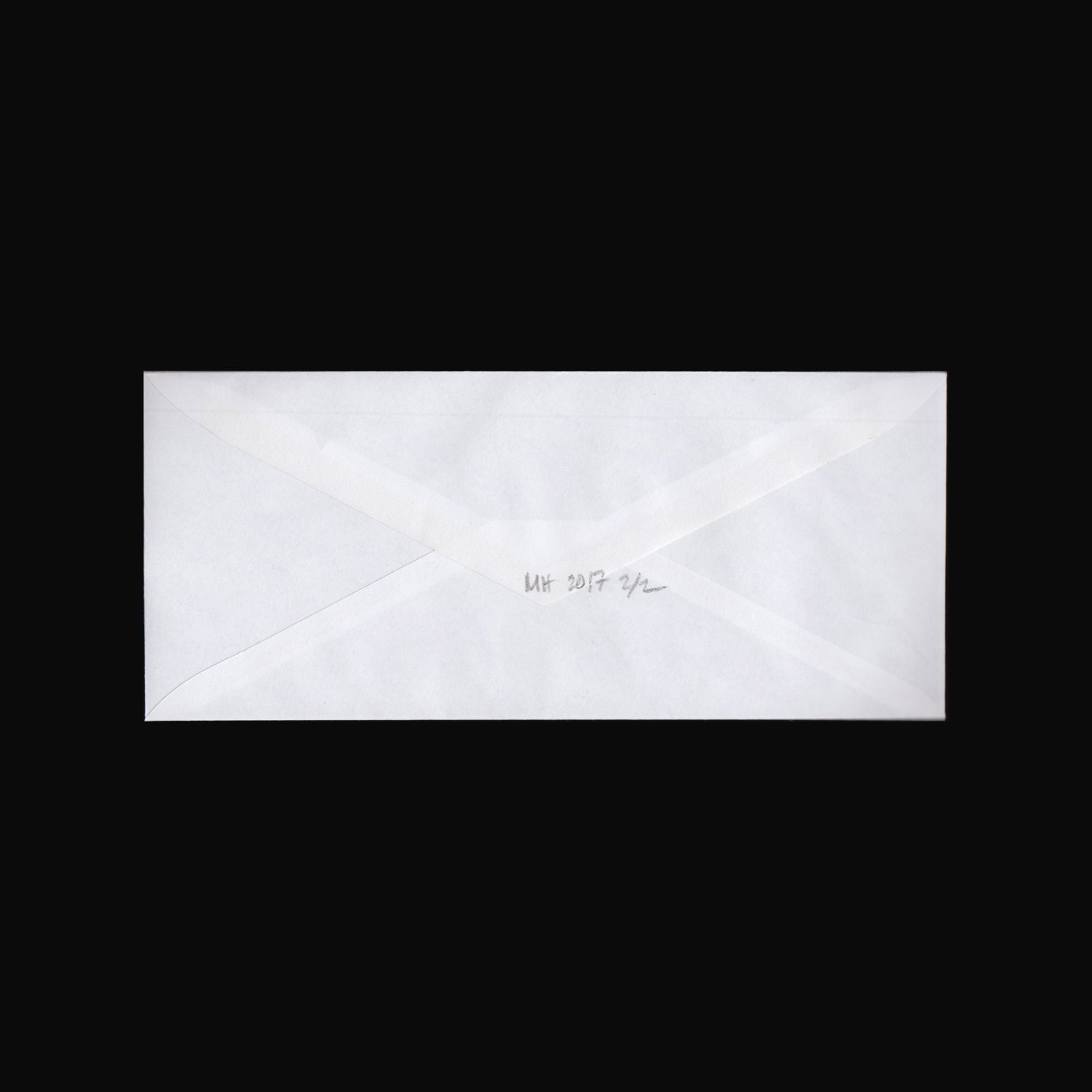A both intimate and political account of the links between artistic practices and activism during the AIDS epidemic of the 1980s and 1990s in France and the United States—featuring monographic texts, interviews, and thematic essays.
This essay, written in the first person, is built around a series of monographic texts, interviews, and thematic essays, which constitutes an elective cosmology of a period of artistic and activist creativity in both France and the United States. Historian and art critic Elisabeth Lebovici discusses a variety of artists, protest organizations, artworks, and direct actions: ACT UP, “phone trees”, Richard Baquié, Gregg Bordowitz, Alain Buffard, Douglas Crimp, “political burials”, General Idea, Nan Goldin, Félix González-Torres, Gran Fury, L’Hiver de l’amour, Roni Horn, G. B. Jones, Eve Kosofsky Sedgwick, Zoe Leonard, Mark Morrisroe, William Ollander, “The Patchwork of Names”, The Real Estate Show, Lionel Soukaz, Philippe Thomas, Georges Tony Stoll, Paul Vecchiali, David Wojnarowicz, Dana Wyse, zaps…
Illustrated with numerous archives and ephemera that emphasize the importance of graphic works in the fight against AIDS, Ce que le sida m’a fait (What AIDS has done to me) is a necessary work to understand the “AIDS years”.
